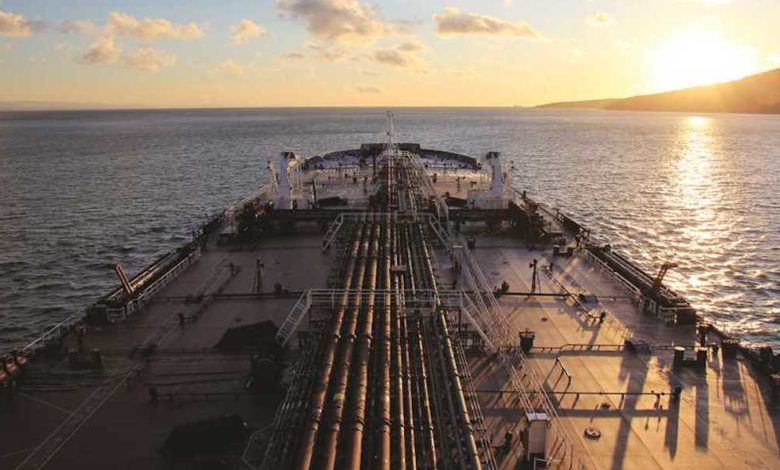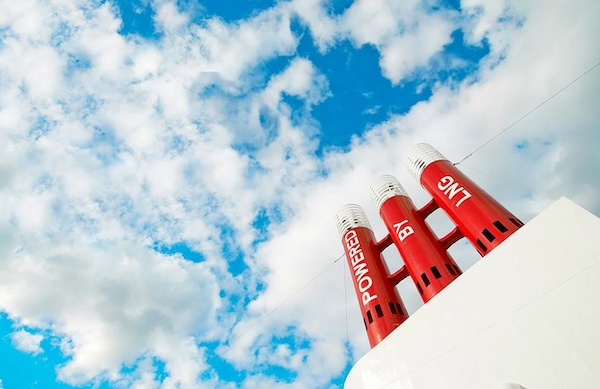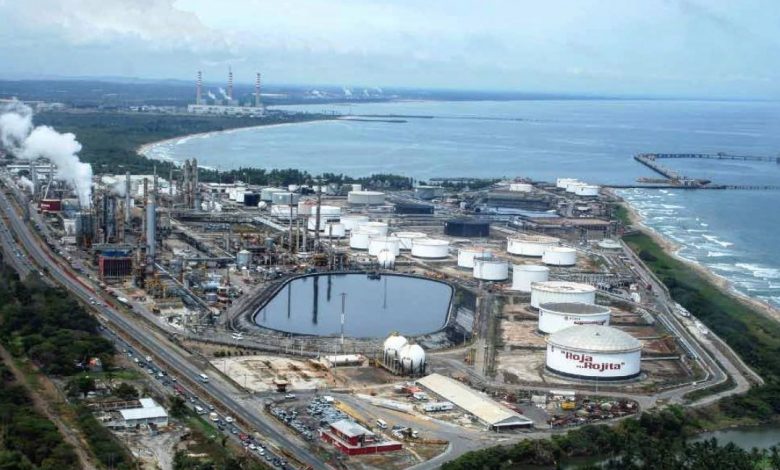GASUM: LNG is currently the only option to reduce shipping emissions significantly
Liquefied natural gas (LNG) is the cleanest marine fuel available. It is the only way for shipping companies to start reducing their emissions today. Gas-powered vessels are a wise investment because it enables switching to an even cleaner fuel like biogas and to synthetic LNG in the future. While hydrogen will play a role in future energy production, the technology for its sustainable and economical production and utilization is probably decades away.
Gasum performed its first ever liquefied natural gas (LNG) bunkering in France at the end of September 2021. The shipping company Ponant’s luxury cruise ship, Le Commandant Charcot, which set sail on her maiden voyage from the Port of Le Havre, will in the future sail both the Arctic waters of both the North and the South. Because of LNG the vessel emits at least 20 percent less CO2 and its particle emissions that are hazardous to health are almost nonexistent.
“LNG is currently the only option for shipping to reduce emissions. It’s a fact. Biodiesel can’t be produced enough to benefit shipping, electrifying ships is only possible for very short routes and there isn’t large-scale technology or infrastructure to use hydrogen,” explains Jacob Granqvist, Vice President Maritime at Gasum.
Consequently, LNG has become more common as a fuel solution especially for newbuilds. For example, Wasaline’s RoPax ferry Aurora Botnia, which was launched in August 2021 for scheduled traffic between Umeå in Sweden and Vaasa in Finland, and Viking Line’s Viking Glory, which will be introduced in spring 2021, both use natural gas as their main fuel.
Gas-powered ships are a wise investment
The world’s maritime traffic currently uses about 300 million tons of oil as fuel yearly. That’s the same amount used by all of air traffic before the pandemic. The International Maritime Organization’s (IMO) goal is to reduce maritime emissions by a minimum of 50 percent until the year 2050. When compared to this, the 20 percent emissions reduction that LNG enables is significant.
“Stricter emission standards can be expected for shipping, of which the EU’s Fit for 55 package gives a little foretaste. In addition, shipping companies’ customers have their own emission targets that they need to meet. That’s why shipping companies must act. A ship’s life cycle is long, and for the shipping company a new ship is always a financial investment. As gas-powered vessels can also use low-emission biogas as fuel and in the future, for example, synthetic LNG, they can still be used in 20 years’ time. This makes investing in them a future-proof choice also from an economic point of view,” says Granqvist.
The life cycle emissions of biogas are up to 90 percent lower than, for example, that of diesel. In addition to using liquefied biogas (LBG), LNG-powered vessels can utilize various mixtures of biogas and natural gas and, in the future, also synthetic LNG without the need to change their machinery. For this reason, LNG is sometimes referred to as a bridge fuel. It allows a gradual shift to greener fuels without additional investments.
Gasum produces enough biogas to easily meet the demand of the company’s current customers. In addition, the amount produced is constantly growing. Biogas is produced from organic waste such as household and business biowaste, industrial by-products, waste sludge and agricultural by-products such as manure.
What about hydrogen and electricity?
As a main fuel, LNG is often compared to hydrogen which is considered vital for future energy production. Gasum is also researching hydrogen and its potential.
But hydrogen is a tricky molecule, and its use in energy production hasn’t yet been solved in a sustainable way. Producing hydrogen requires a lot of energy which should be produced in a carbon-neutral manner for the hydrogen to be carbon neutral. In addition, storing hydrogen in liquid form requires an extremely low temperature of about -255 degrees Celsius. To avoid this, for example, ammonia molecules have been considered as a carrier for hydrogen. Ammonia, on the other hand, is extremely poisonous.
“I believe that in the future hydrogen will be needed. However, the truth is that the sustainable production and use of hydrogen is still far off,” says Granqvist.
To some extent, the same problem exists with the electrification of ships. Electricity is suitable for the propulsion of, for example, short distance connecting vessels. On longer voyages, however, the technology just isn’t enough. Ships simply wouldn’t have sufficient space for big enough batteries.
“When combined, all ship battery installations that are currently in use have approximately the same amount of energy as two containers of LNG. For example, Wasaline’s Aurora Botnia uses one container worth of energy a day. Unfortunately, there is no silver bullet, and there is no time to wait for one. LNG does not have to be the final solution, but it is the first step that can be shifted gradually to a greener one with the aid of biogas.”
ORIGINAL ARTICLE: HERE







